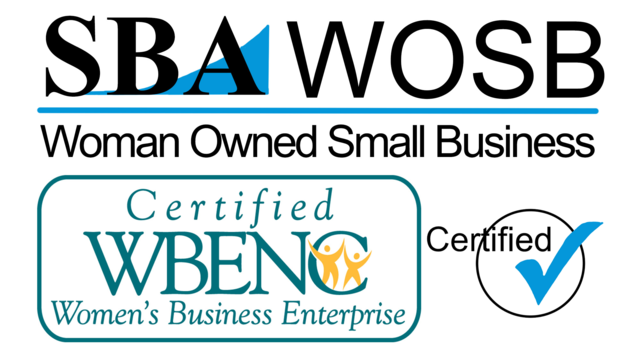A major paper mill had experienced five unscheduled bearing failures on two wet ends in a two year time-frame. These failures were very costly and forced a review of the mill’s lubrication practices and lubrication selection. The decision was made to test the impact of upgrading lubricants.
Bearing temperatures and vibration readings were monitored on the two paper machines before and after switching to high-performance synthetic grease. Equipment temperatures were taken four weeks after lubrication with the original synthetic grease and then four weeks after lubrication with the high-performance synthetic grease. Changing to the high-performance synthetic grease dropped temperatures an average of 30° F (Figures 1 and 2). The lower temperatures have been stable for 19 months.
Vibration levels prior to the lubricant upgrade were normal but since the change, many vibration frequencies have dropped. No bearing vibration reading on either machine increased.
Most importantly, neither paper machine experienced a single unscheduled or scheduled bearing replacement since upgrading lubricants during the first two years of service. The annual production loss in dollars from bearing failures during two years of using the original grease was $64,625 (5 failures x 5.5 hours per failure x $4,700 per hour lost time / 2 years).
In addition to eliminating the downtime expense due to the failed bearings, upgrading lubricants enabled the mill to reduce maintenance expenses by reducing the frequency of lubrication intervals. The plant was originally using forty 120-lb kegs of synthetic grease annually for two machines at a cost of $500 / keg. The annual cost was $20,000.
The high-performance synthetic grease allowed the mill to extend lubrication intervals from four weeks to twelve weeks. Although the high-performance synthetic grease had a higher purchase price at $632 / keg, only sixteen 120-lb kegs were needed annually, for a total cost of $10,112. The combined annual financial impact of reduced maintenance cost and lubrications purchases was significant.
Annual savings by eliminating bearing failures: $64,625
Annual savings by reducing the amount of lubricant purchased: $9,888
Total annual savings: $74, 513.
